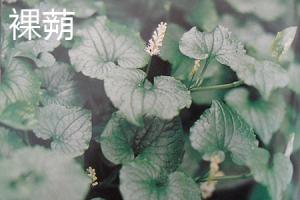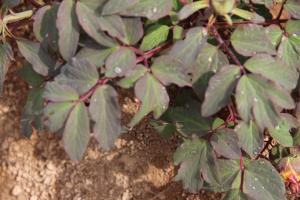How Close Do You Plant Cedar Trees: A Comprehensive Guide
Cedar trees are a popular choice for landscaping and adding an aesthetic appeal to your property. Native to many parts of North America, cedar trees are perfect for creating a natural boundary, providing shade, or enhancing the beauty of a garden. However, knowing how close to plant cedar trees is crucial for their growth and survival.
Factors to Consider when Planting Cedar Trees
Before planting cedar trees, there are several factors to consider, including soil, climate, sunlight exposure, and spacing. Cedar trees thrive in loamy soil with a pH range of 5.5 to 7.0. They also require well-draining soil as root rot diseases can be a significant problem for cedar trees.
Climate is another essential factor to consider. Cedar trees prefer areas with moderate to high humidity and consistent moisture. They are susceptible to droughts and can suffer damage from severe frost or extreme heat. Furthermore, the amount of sunlight exposure is crucial in determining how close to plant cedar trees. They grow well in full sun to partial shade, requiring at least four hours of direct sunlight a day.
Another crucial factor to consider when planting cedar trees is spacing. Proper spacing is critical for the growth and health of the cedar trees. Spacing of cedar trees depends on various factors like the species, purpose, soil quality, and others.
Spacing for Different Cedar Tree Species
Cedar trees come in different species, and the spacing required for each species varies. Here are the recommended spacing distances for some of the most common cedar tree species:
Eastern Red Cedar: 10 to 20 feet
Northern White Cedar: 6 to 12 feet
Western Red Cedar: 20 to 30 feet
Atlas Cedar: 15 to 20 feet
Deodar Cedar: 25 to 30 feet
It's worth noting that spacing requirements vary depending on the purpose of planting the cedar trees. For example, if you want to create a windbreak, cedar trees will need to be planted closer together than if you wanted to create a natural fence. Ensuring proper spacing will also prevent overcrowding, which can lead to nutrient and water deficiencies, as well as disease and pest infestations.
Planting Cedar Trees: Step-by-Step Guide
Now that you know the factors and spacing requirements for cedar trees, it's time to get your hands dirty and plant your cedar trees. Here's a step-by-step guide on planting cedar trees:
Dig a hole approximately one and a half times the diameter of the root ball.
Place the root ball into the hole and make sure it's level with the ground.
Fill the hole with soil and gently pack it down around the root ball.
Water the tree thoroughly, ensuring the soil is moist down to the root ball.
Add a layer of mulch around the tree to help retain moisture and prevent weeds.
Water the tree regularly, especially during drought or dry spells.
It's essential to keep an eye on your cedar trees after planting, ensuring they receive enough water, plenty of sunlight, and watch out for any signs of disease, pest infestations, or nutrient deficiencies.
Conclusion
Proper spacing is critical when planting cedar trees. Once you determine which cedar tree species is best suited for your specific needs, you'll then be able to determine the appropriate spacing requirements. With proper spacing, temperature, and care, your cedar trees will quickly grow into beautiful and healthy trees, adding value and natural beauty to your property for years to come.

 how many times do yo...
how many times do yo... how many planted tre...
how many planted tre... how many pine trees ...
how many pine trees ... how many pecan trees...
how many pecan trees... how many plants comp...
how many plants comp... how many plants can ...
how many plants can ... how many plants and ...
how many plants and ... how many pepper plan...
how many pepper plan...
































